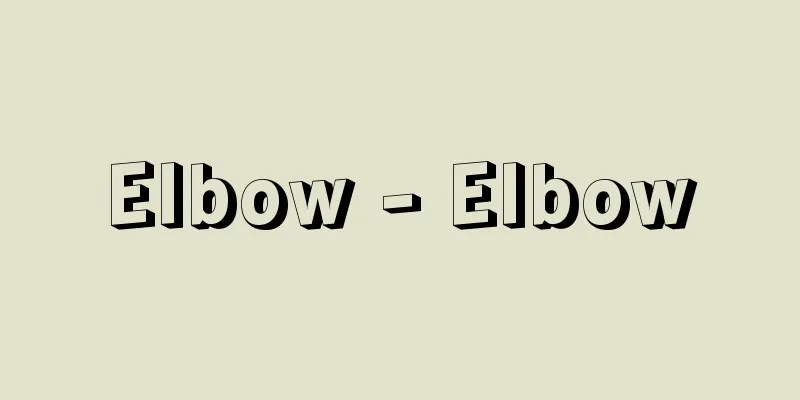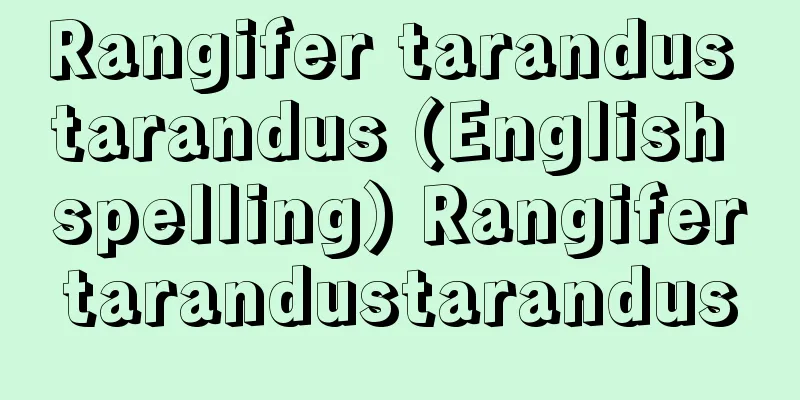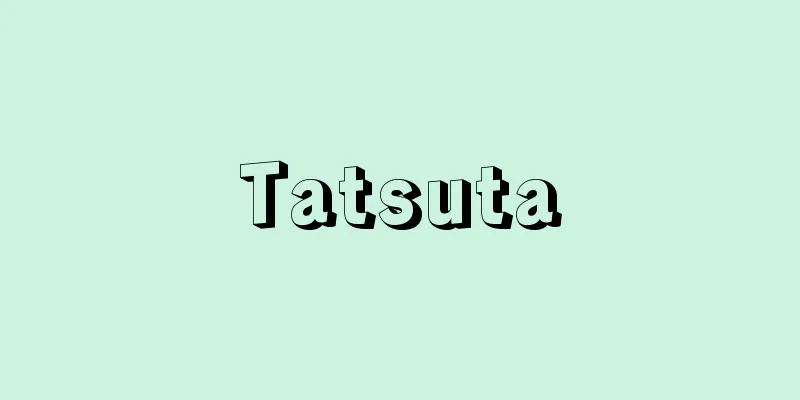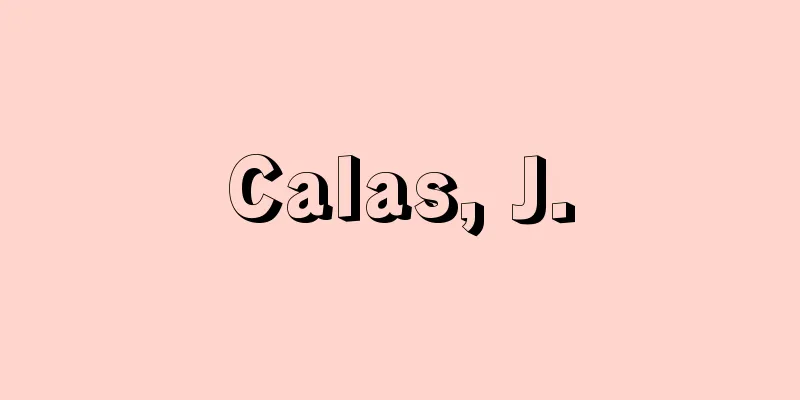Elbow - Elbow

|
Although it is the middle part between the upper arm and the forearm, the area is not clearly defined. Anatomically, it is divided into the antecubital region, posterior elbow, and cubital fossa. The flexed side is the antecubital region, and the slightly concave part in the center is the cubital fossa. The extended side is the posterior elbow, and the part that protrudes the most when the elbow is flexed is called the olecranon. This olecranon corresponds to the head end of the ulna. The shape of the antecubital fossa is an inverted triangle, and the base is the line that connects the most protruding parts on both sides of the elbow (called the epicondyle line, which is the line that connects the lateral epicondyle and medial epicondyle at the distal end of the humerus). In addition, both sides are surrounded by the medial edge of the brachioradialis muscle and the lateral edge of the pronator teres muscle. If you touch the antecubital fossa with your finger, you can feel the hard tendon of the biceps brachii. Inside this tendon, you can feel the pulsation of the brachial artery. A subcutaneous vein called the median cubital vein runs on the surface of the cubital fossa and is used for intravenous injections and blood sampling. The elbow joint, which is involved in elbow movement, is composed of two hinge joints and one pivot joint. In other words, the hinge joints (humeroulnar joint and humeral radial joint) and the pivot joint (superior radioulnar joint) are enclosed in a joint capsule. In general terms, the arm and elbow are also read as "elbow," but the arm refers to the area from the shoulder to the wrist, the arm refers to the lower half of the arm, and the elbow refers to the part of the arm that protrudes. [Kazuyo Shimai] [Reference] |Source: Shogakukan Encyclopedia Nipponica About Encyclopedia Nipponica Information | Legend |
|
上腕部と前腕部との中間の部分をさすが、その範囲は明確に境されているわけではない。解剖学的には前肘(ぜんちゅう)部、後肘部および肘窩(ちゅうか)に区分する。屈曲側が前肘部で、中央の軽くへこんでいる部分が肘窩である。伸側が後肘部で、肘を屈曲したときにいちばん突出している部分を肘頭という。この肘頭は尺骨(しゃくこつ)の頭端の部分に相当する。肘窩の形状は逆三角形で、底辺の位置は、肘部の両側にもっとも突出した部位を結んだ線(上顆(じょうか)線という。上腕骨の遠位骨端部の外側上顆と内側上顆を結んだ線)である。また両側は、腕橈骨(とうこつ)筋内側縁と円回内筋外側縁とに囲まれた部分となる。肘窩に指を触れると、上腕二頭筋の硬い腱(けん)に触れることができる。この腱の内側では上腕動脈の拍動を感じることができる。肘窩の表層には肘正中皮静脈という皮下静脈が走り、静脈内注射や採血などに用いられる。肘の運動に関与する肘(ちゅう)関節は2個の蝶番(ちょうつがい)関節と1個の車軸関節で構成されている。すなわち、蝶番関節である腕尺関節・腕橈関節と、車軸関節である上橈尺関節とが関節包に包まれているわけである。なお、一般用語で肱や臂も「ひじ」と読むが、臂は肩から手首まで、肱は臂の下半部、肘は臂が突出する部分をさすという。 [嶋井和世] [参照項目] |出典 小学館 日本大百科全書(ニッポニカ)日本大百科全書(ニッポニカ)について 情報 | 凡例 |
>>: Water chestnut (Trapa japonica)
Recommend
Chara corallina (English spelling) Chara corallina
…[Mitsuo Chihara]. . . *Some of the terminology t...
Eibetsu - Eibetsu
〘noun〙① A separation in which one will never see e...
Inode - Inode
An evergreen fern of the Dryopteris family. From ...
Public exam - Kugen
〘noun〙 (certificate issued by the state) 1. Under ...
Kibiso
...A general term for those that do not become ra...
Encrypted email - Encrypted mail
...Therefore, encryption technology is applied to...
Spicy cod roe
…In the process, seafood products that capture ne...
introvert
…The proboscis of kinorhyncha, nematodes, helmint...
Pressure joining
A technique for joining metal materials by applyin...
Gas iron - gas iron
… In Europe, iron irons were invented to shape th...
Ashio Mountains - Ashiosanchi
A mountain range that lies from the western part ...
The Third Roman Treatise
A Russian political theory from the early 16th cen...
Kyoso Hanjaku - Kyoso Hanjaku
The judgement and interpretation of the superiori...
Amnesia - amnesia
〘noun〙 A type of memory disorder. The inability to...
Gimbutas, M.
...In the study of ancient records of Baltic myth...






![Shimojo [village] - Shimojo](/upload/images/67cbcb5b31a09.webp)


